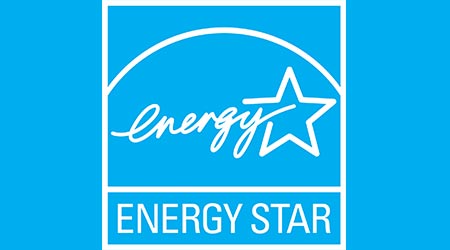How to Do an Energy Treasure Hunt
Leading organizations use this emerging strategy to uncover low-cost energy savings opportunities.
An “energy treasure hunt” is a one-to-three day event engaging employees in identifying low-cost energy savings opportunities from behavioral, operational, and maintenance actions. EPA began offering the concept of energy treasure hunts in 2014, based on earlier treasure hunts developed by Bruce Bremer in facilities engineering at Toyota Motor Manufacturing North America.
To help facility managers plan for a treasure hunt for various commercial and industrial facilities, the agency offers how-to-guides, checklists, a detail sheet, and videos. Examples from Energy Star partner organizations are provided to illustrate practices and help with implementation.
Bill Perhacs, associate director of global energy services at Bristol-Myers Squibb has been conducting three-day energy treasure hunts since 2015. During that time, the company has completed 12 hunts.
“We continue to do them because the treasure hunts provide tremendous value,” explains Perhacs.
Among the many benefits of energy treasure hunts is cultivating employee awareness of energy and sustainability goals, according to Perhacs. The hunts also improve efficiencies and the bottom line by generating cost savings, helping meet sustainability goals, and providing water and energy savings — as well as finding opportunities to improve safety.
To date, treasure hunts at Bristol-Myers Squibb has had 430 attendees, says Perhacs. Together, the hunts have identified measures that have saved about 16 percent in costs, 18 percent in greenhouse gas emission, 11 percent in water use, and 16 percent in energy.
OSF HealthCare’s Experience
When OSF HealthCare conducted its first energy treasure hunt, sustainability experts Zach Newman and Perhacs from Bristol-Meyers Squibb attended to offer their expertise. Also on the hospital’s first hunt were representatives from the local electricity supplier and the local chapter of the American Society of Healthcare Engineers.
In November 2017, OSF’s Saint Joseph Medical Center in Bloomington, Ill., became the first hospital in the country to participate in an EPA energy treasure hunt. In two days, the hunt teams performed an onsite energy audit, engaging employees in identifying low-cost energy savings opportunities from behavioral, operational, and maintenance actions.
The teams found nine major opportunities for energy savings, ranging from replacing all existing lighting with LED bulbs and running air handlers less frequently in unoccupied spaces to installing an ultra-high efficient boiler.
The experience was so productive that OSF already has conducted another energy treasure hunt at Holy Family Medical Center. “At that location, identified energy savings were a little less than $90,000,” says Costello.
Finding the Money
Implementing energy treasure hunt suggestions also may be more affordable now, according to Neff and Costello.
“We’re finding utility rebates and incentives are more prevalent now than in prior years,” Neff says. “It was really hard to find LED retrofit rebates three years ago, but they are pretty prevalent today in many markets where we have buildings.” Neff also is finding more HVAC, window film, motors, and batteries incentives and rebates.
Costello notes that “LED incentives and rebates are out there for energy saving equipment. Your property managers just have to be aware so that they take advantage of available incentives wherever they may find them. There are utility-based incentives in Walgreens and Walmart, too.”
It’s important to remain regularly proactive well after energy treasure hunts are history at a facility. Perhacs does that via continuous commissioning. Neff’s teams all have been notified how their scores may drop. Many are already tightening up. Costello also stresses the importance of being engaged. “Make sure your building automation system setbacks are being maintained and lights are off in unoccupied areas.”
Rita Tatum is a contributing editor for Building Operating Management.
Related Topics:















